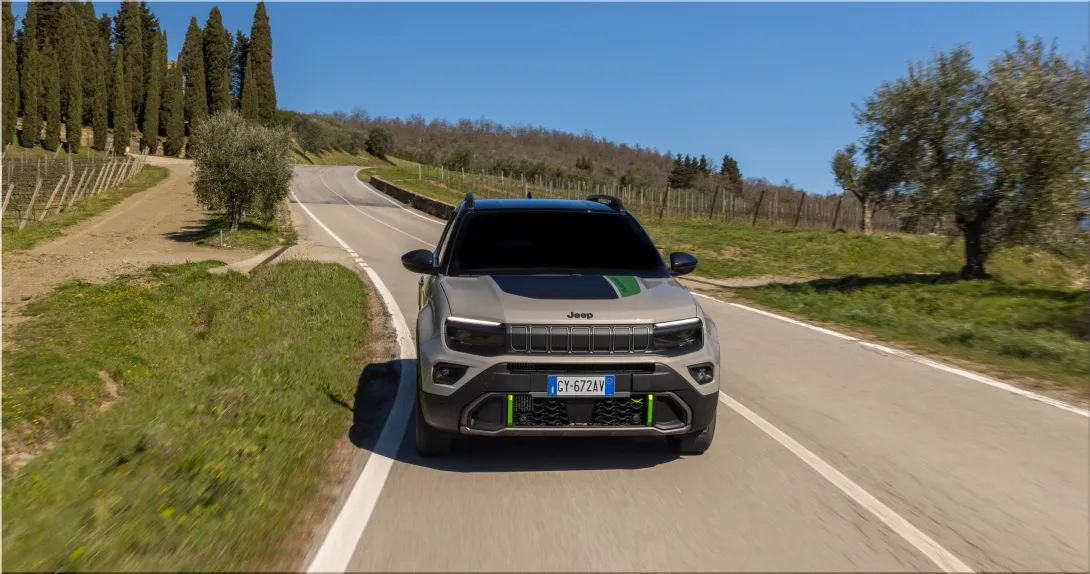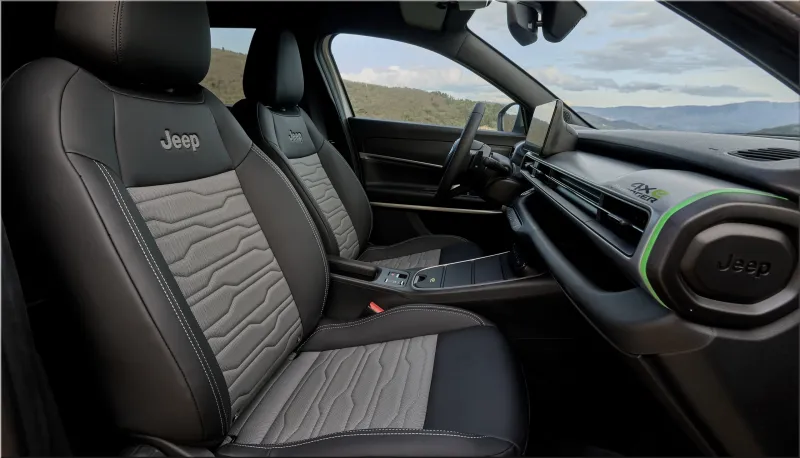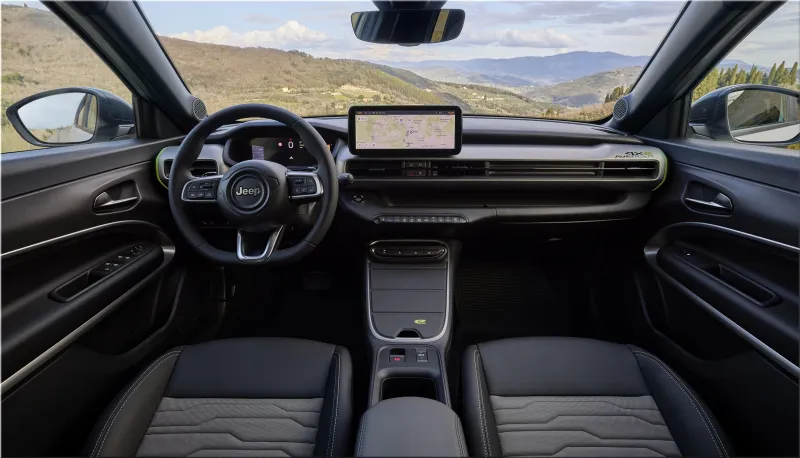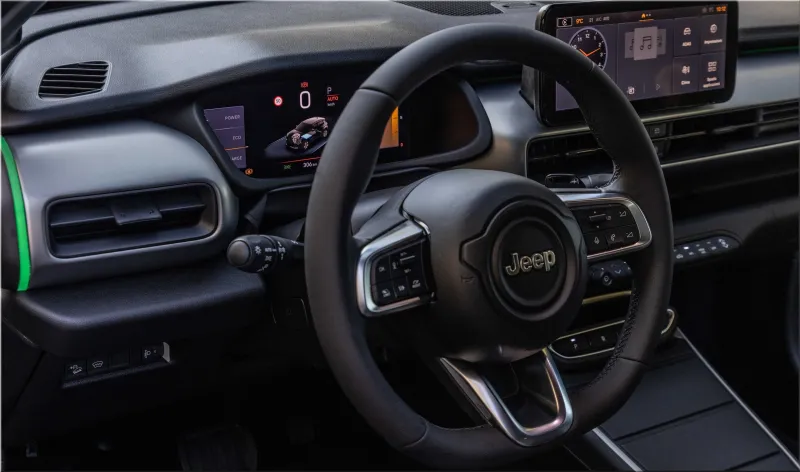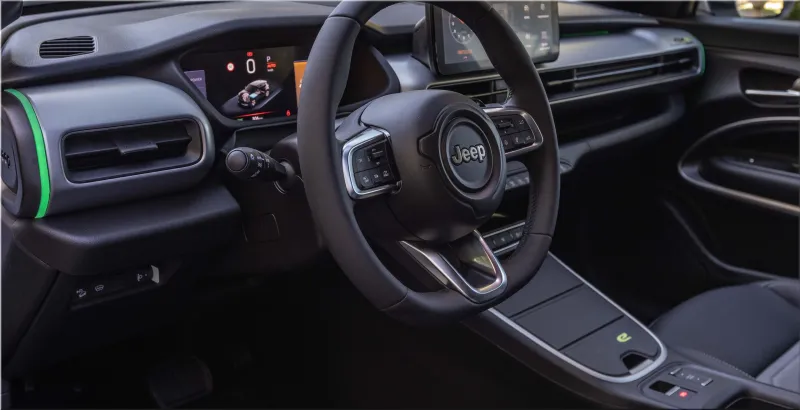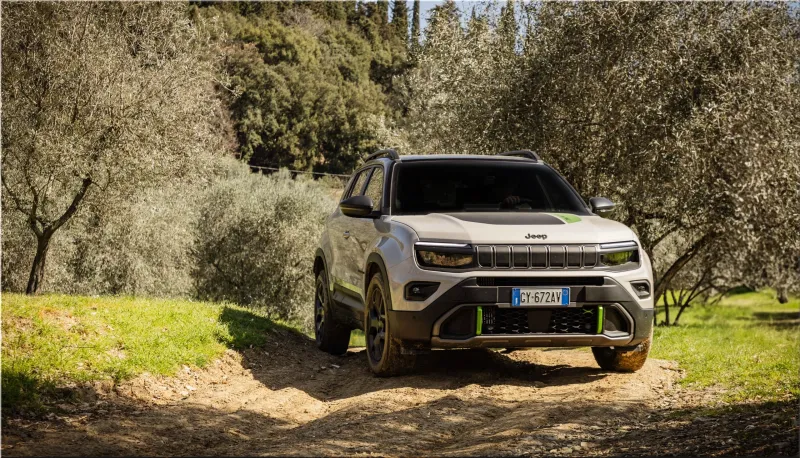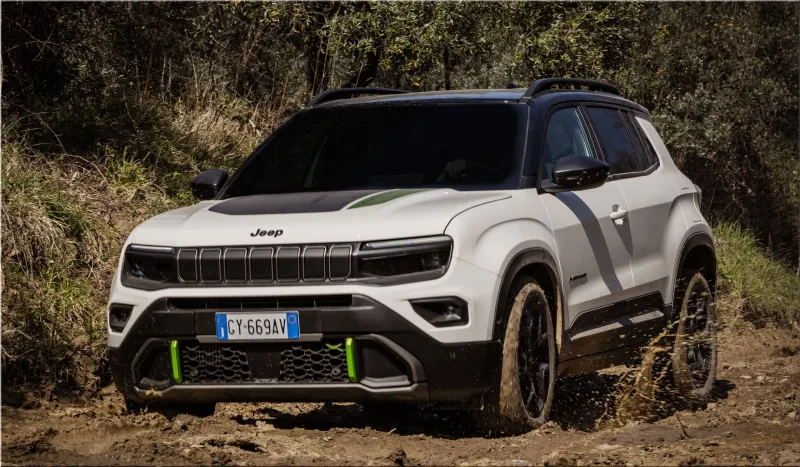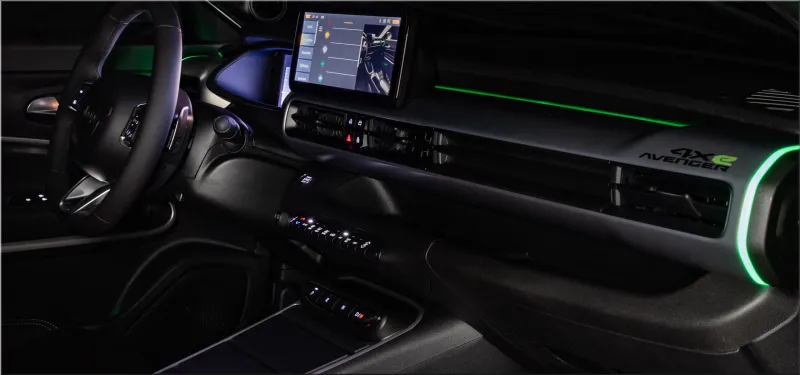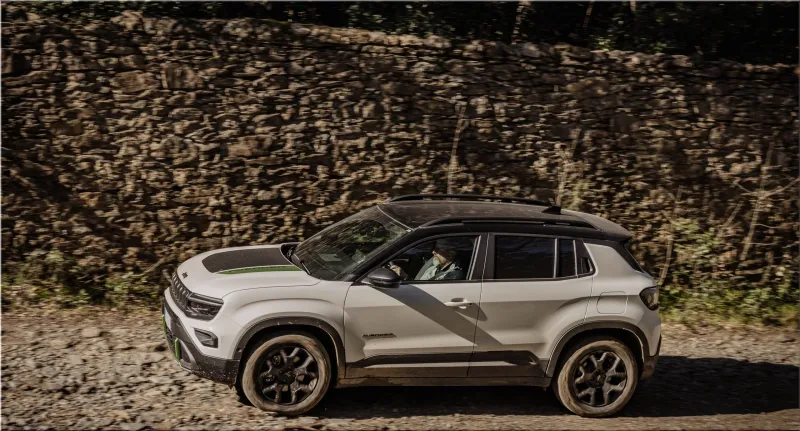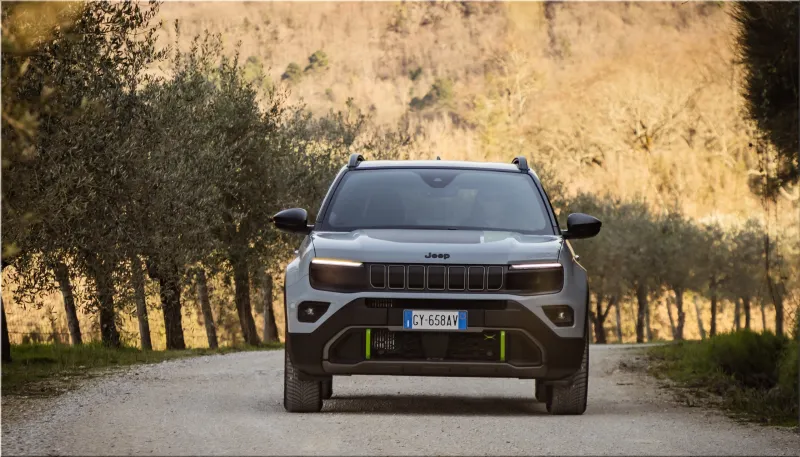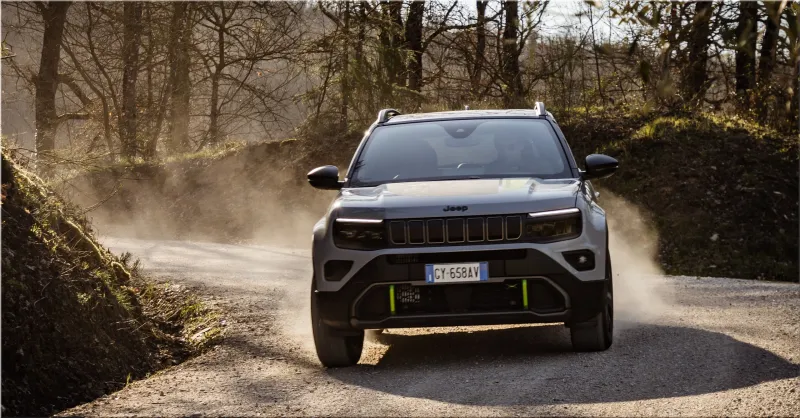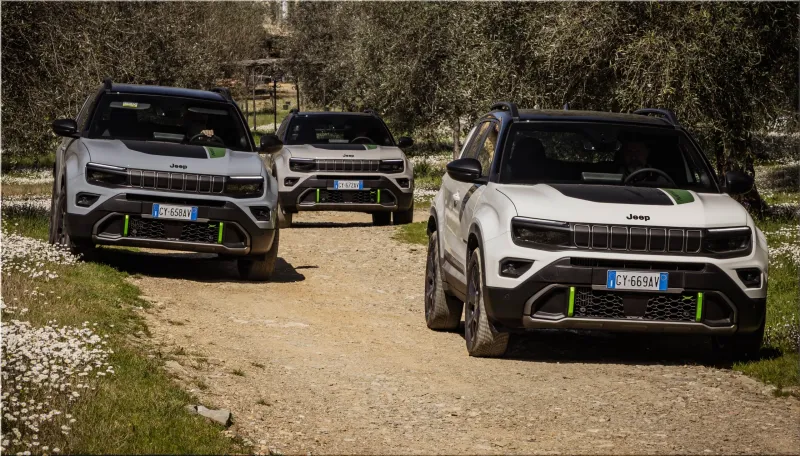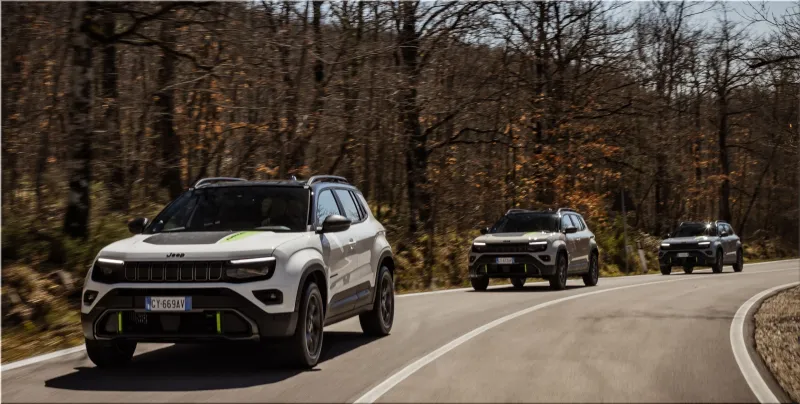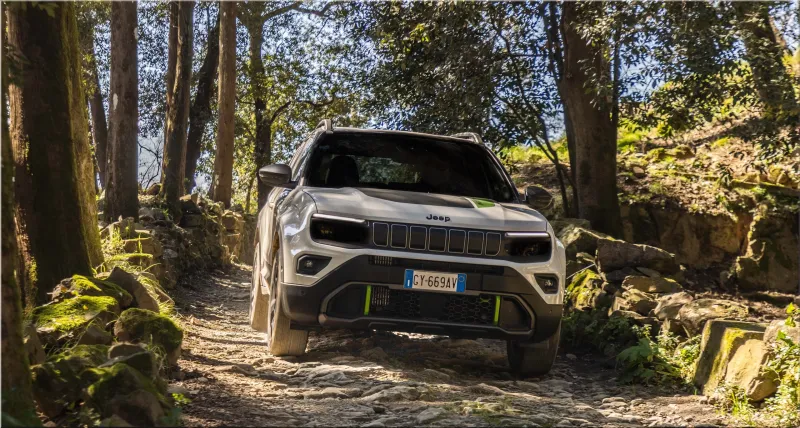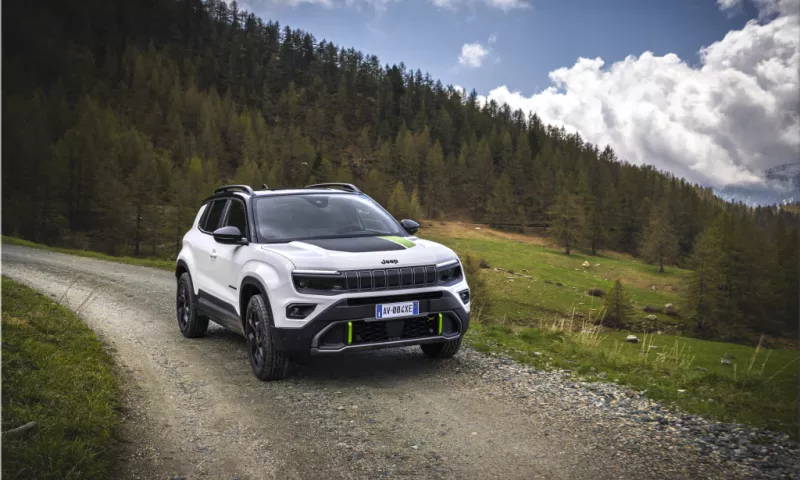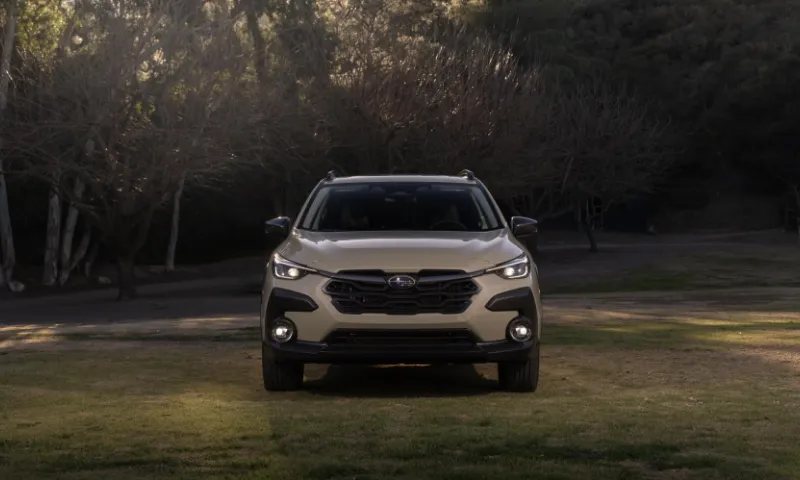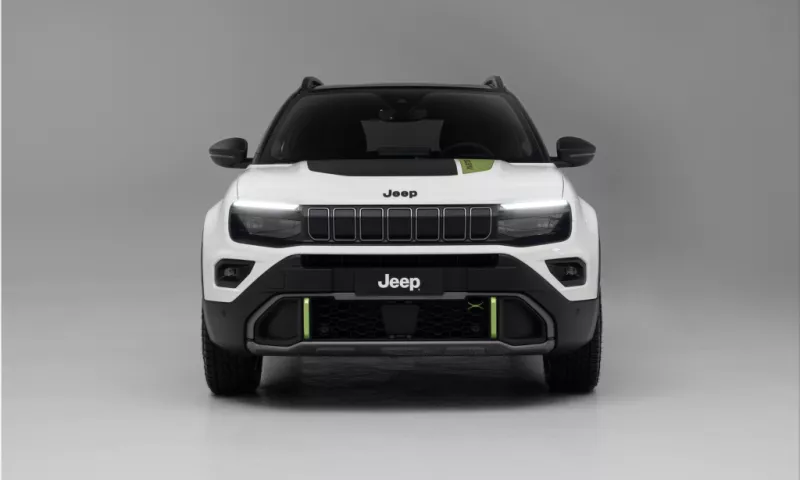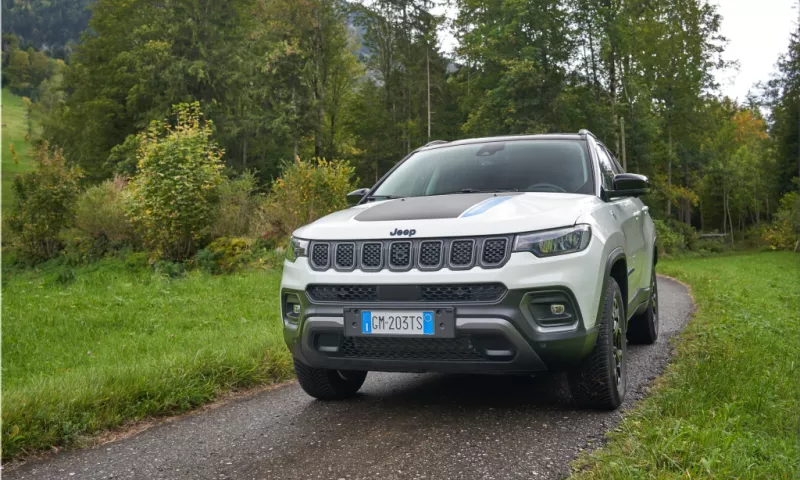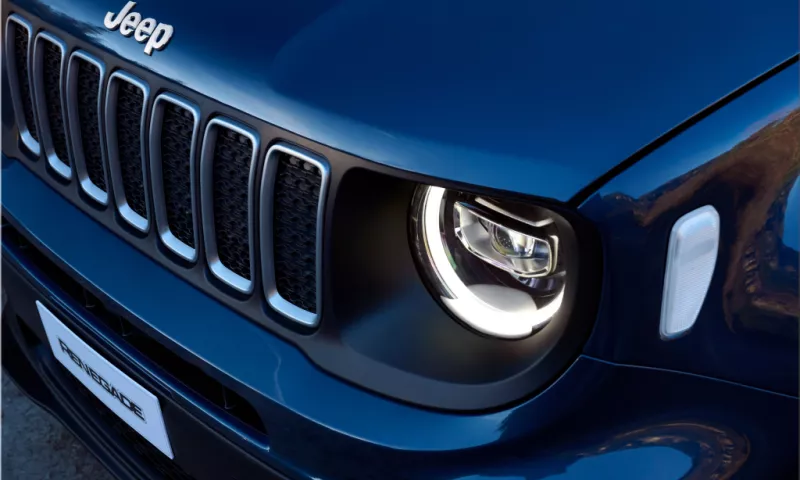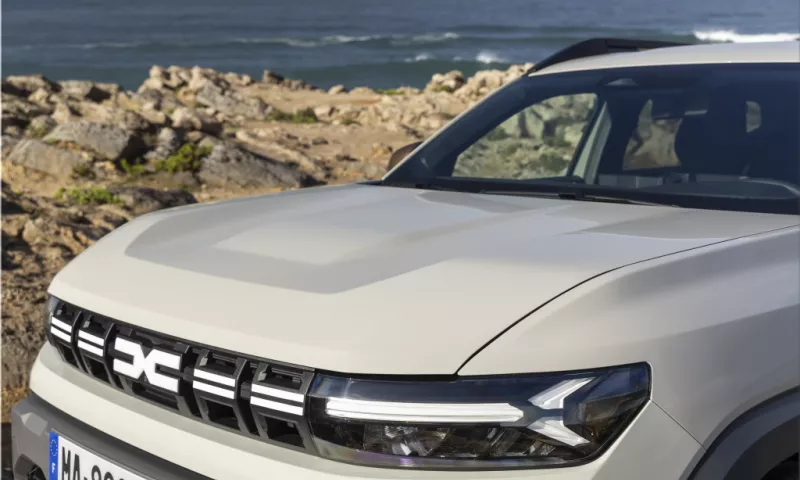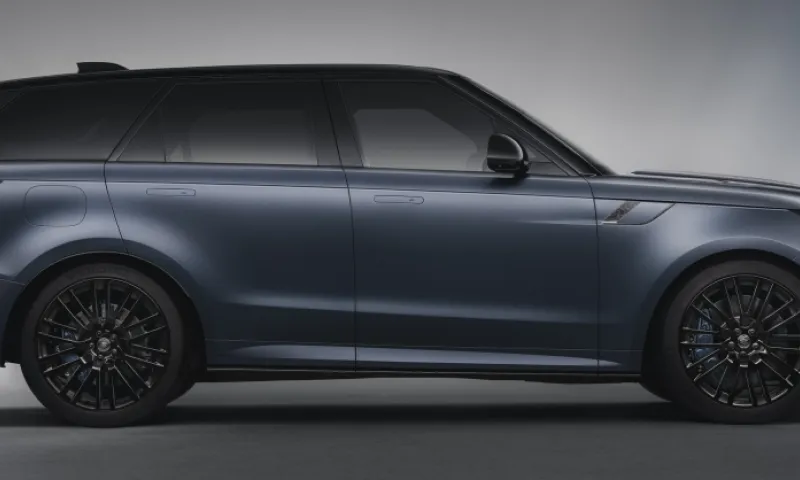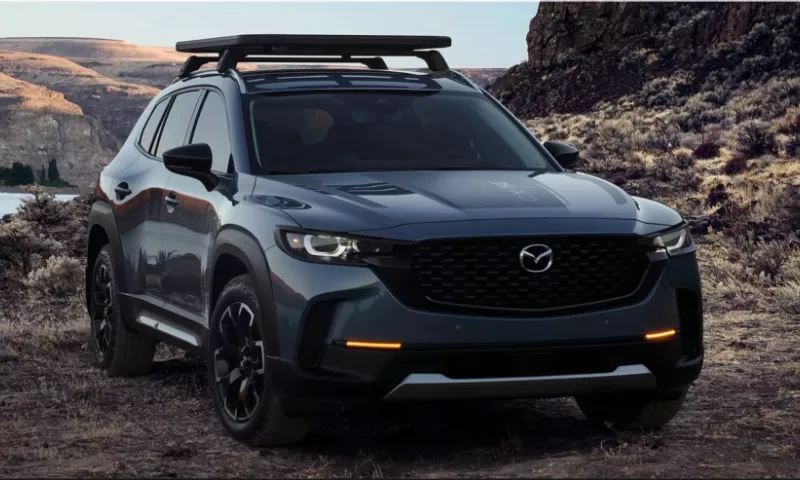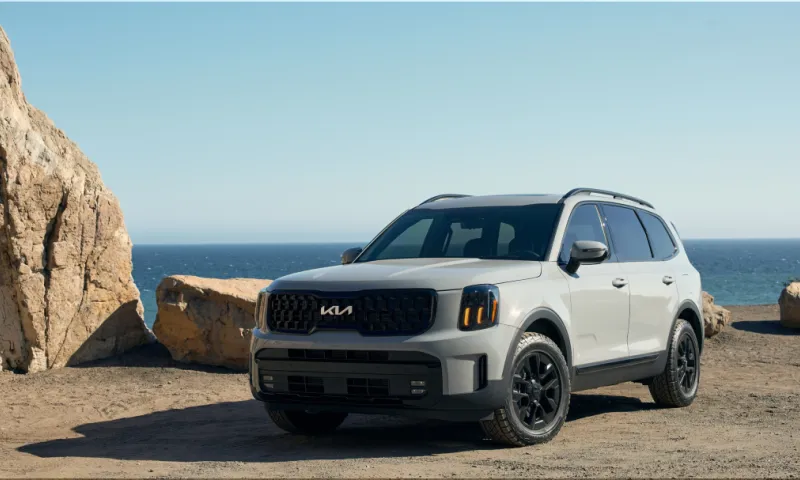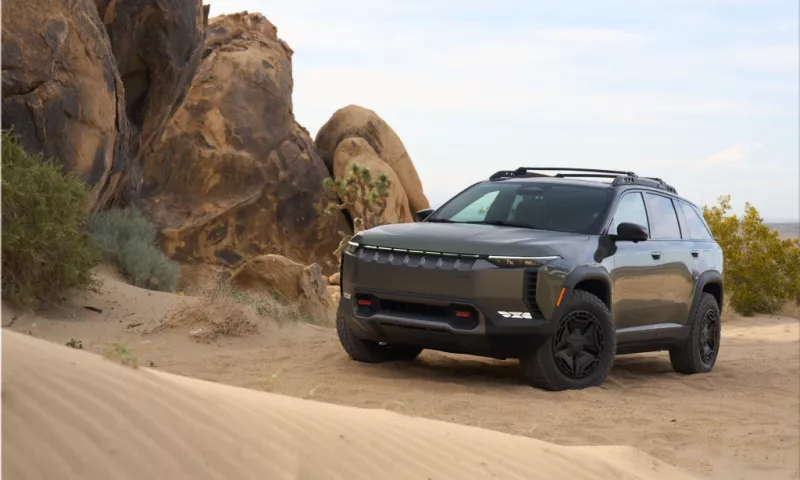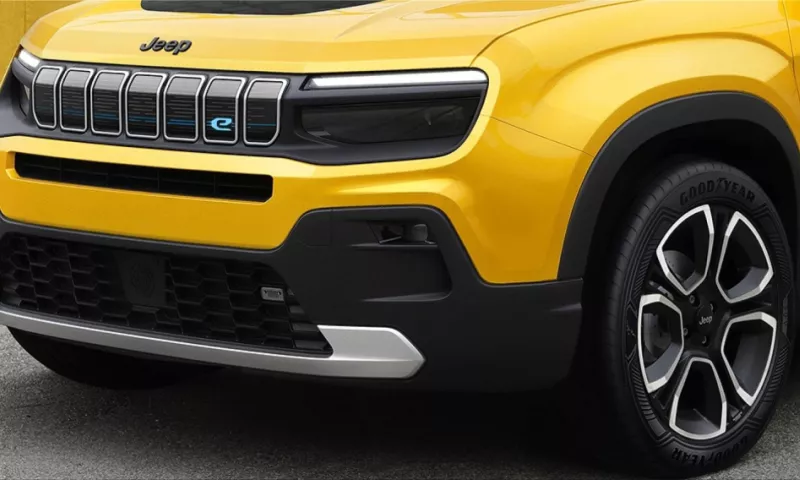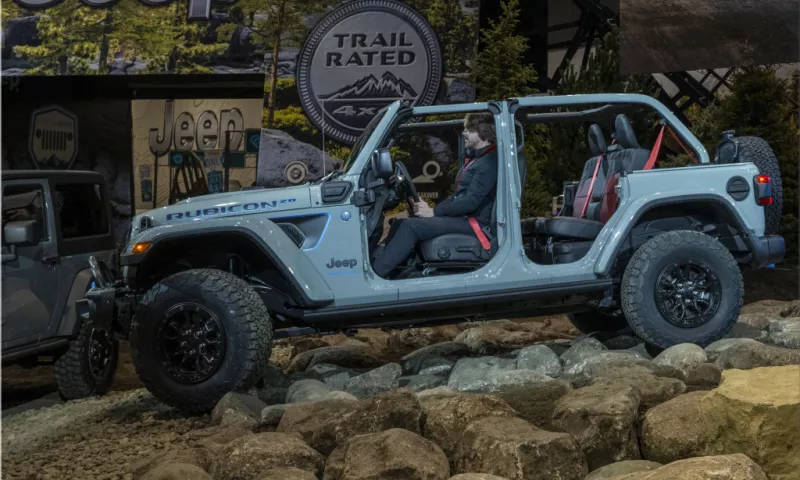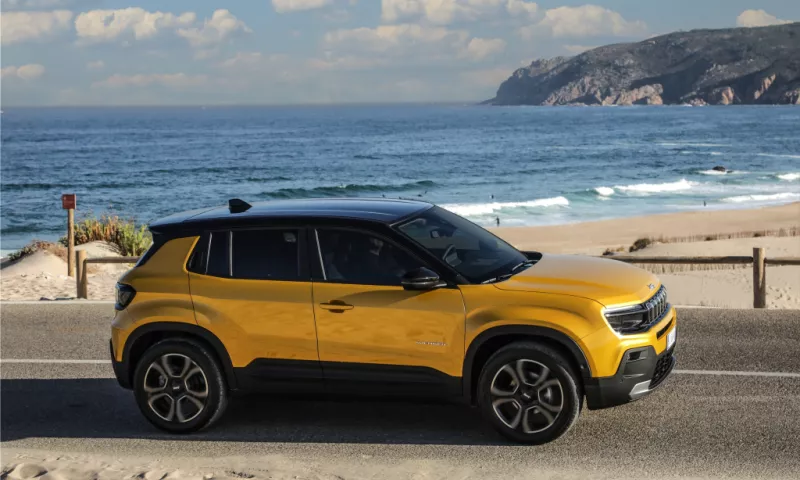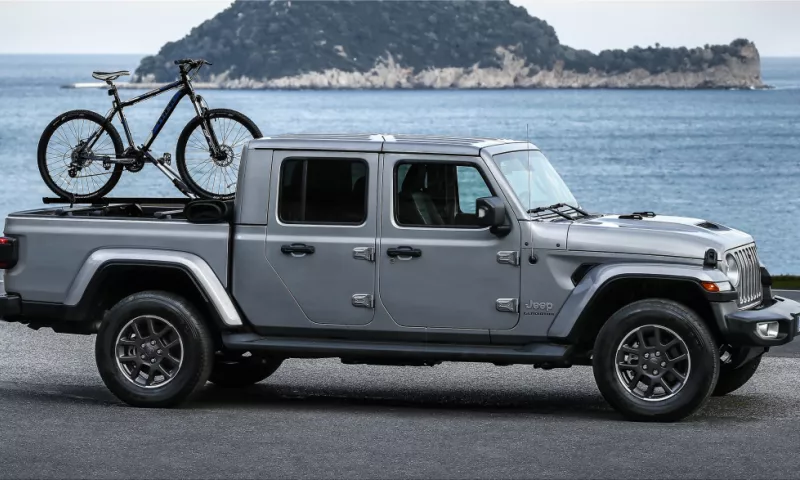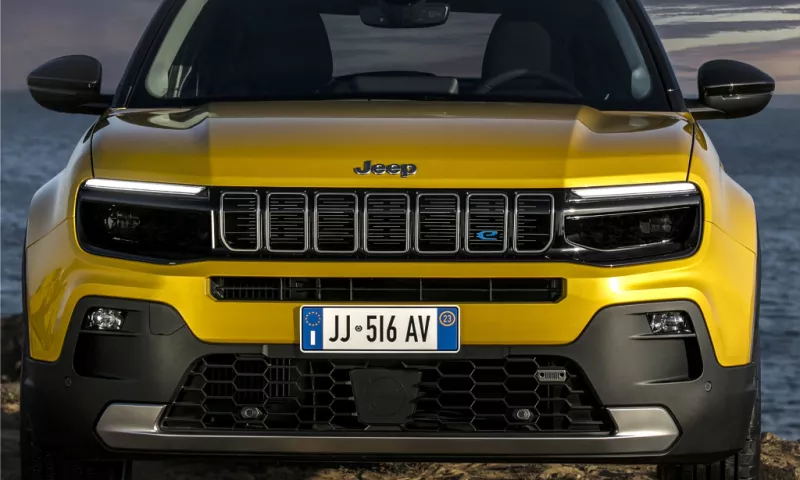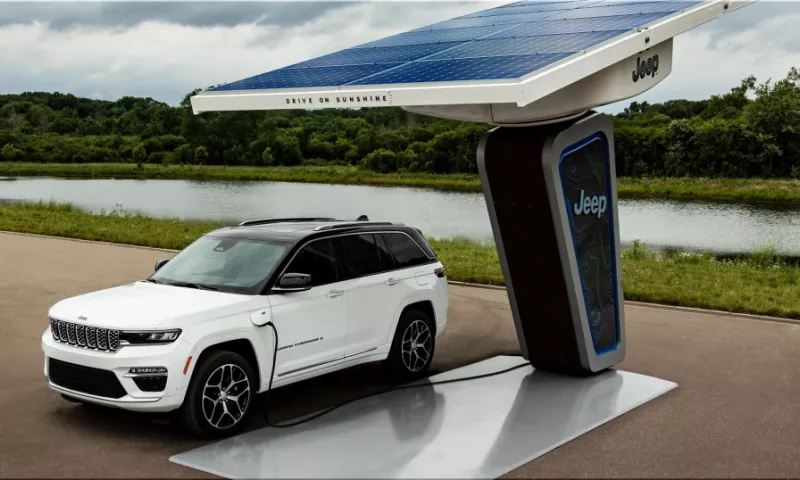Production of the new Jeep Avenger 4xe has officially started at the Stellantis plant in Tychy, Poland. Jeep is now signaling that its compact SUV lineup is shifting to electrified all-wheel drive. This launch shows how Jeep is realigning its product strategy to meet Europe’s growing demand for hybrid SUVs.
This article covers the key features of the Jeep Avenger 4xe, production details, why Tychy was chosen, and what this means for Jeep’s European positioning.
Quick Overview: Jeep Avenger 4xe at a Glance
| Feature | Detail |
|---|---|
| Model Name | Jeep Avenger 4xe |
| Production Location | Stellantis plant, Tychy, Poland |
| Drivetrain | Hybrid All-Wheel Drive (AWD) |
| Electric Motor Output | 2 x 21 kW (front and rear axles) |
| Engine | 1.2L Turbo Gasoline (134 hp) |
| Transmission | 6-speed dual-clutch automatic |
| Power Distribution | eAWD with rear electric motor |
| Target Markets | Europe (especially urban regions) |
| Launch Year | 2024 (production started March 2025) |
Tychy Plant: Why It Matters
The Stellantis Tychy plant is one of the most efficient factories in Europe. It has:
- Produced over 12 million vehicles since opening.
- Modern assembly lines ready for hybrid and EV integration.
- Strategic proximity to key European markets.
- Workforce trained for advanced electric systems.
The plant is known for producing high-volume models with strong urban market appeal. Some of the most popular cars built at Tychy include:
Past and Current Car Models Made at Tychy:
- Fiat 500 (since 2007 – iconic city car)
- Fiat Panda (past production)
- Lancia Ypsilon (still produced for the Italian market)
- Alfa Romeo Junior (production starting in 2024–2025)
- Jeep Avenger EV (FWD, full electric model)
- Jeep Avenger 4xe (AWD hybrid, current)
These models reflect the plant's focus on compact, fuel-efficient, and now electrified vehicles. The multi-brand setup enables Stellantis to scale hybrid and EV output without building new factories.
Jeep Avenger 4xe: Key Powertrain Specs
The Avenger 4xe combines hybrid tech with AWD capability. It uses:
- A 1.2L turbocharged gasoline engine producing 134 hp.
- Two electric motors, each generating 21 kW, placed on the front and rear axles.
- A 6-speed dual-clutch transmission optimized for fuel economy.
- Jeep’s electronic all-wheel-drive (eAWD) system with automatic torque distribution.
The rear wheels engage only when needed, reducing drag and improving efficiency.
Why Jeep Went With a Hybrid Powertrain
This model doesn’t go full electric. It follows a mild hybrid strategy—a bridge between combustion engines and pure EVs.
Key benefits of this strategy:
- Reduced production cost compared to full EVs.
- No need for large battery packs.
- No dependence on full charging infrastructure.
- Meets EU emissions targets without compromising performance.
This approach meets urban emissions regulations while offering off-road capability—a core value for Jeep.
AWD for Urban and Off-Road Use
While the Avenger 4xe isn’t meant for rugged trail adventures, it does offer:
- AWD traction for rain, snow, or gravel roads.
- A dedicated 4xe mode for electric-assisted low-speed control.
- Hill descent assist and traction control settings.
- Compact ground clearance and wheel travel for moderate terrain.
This makes it ideal for urban users who want all-weather confidence but don’t need extreme trail tools.
